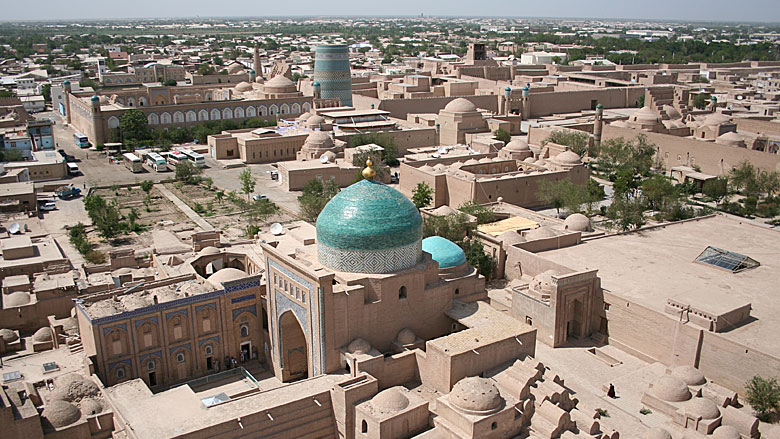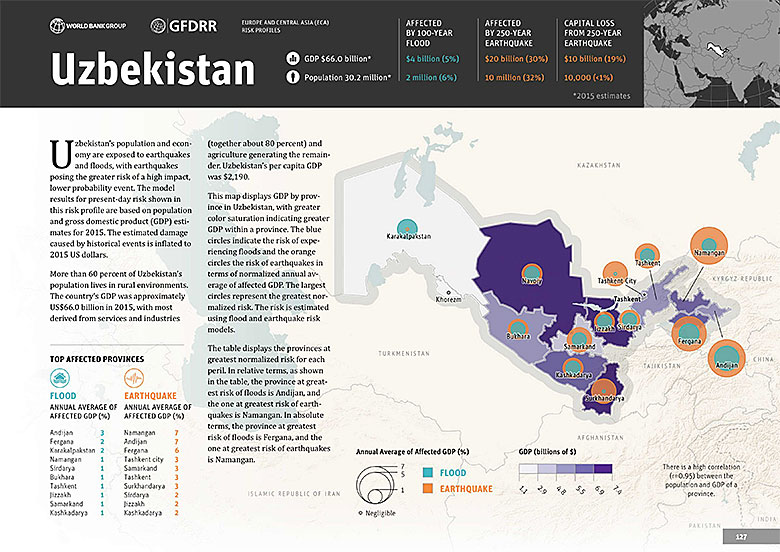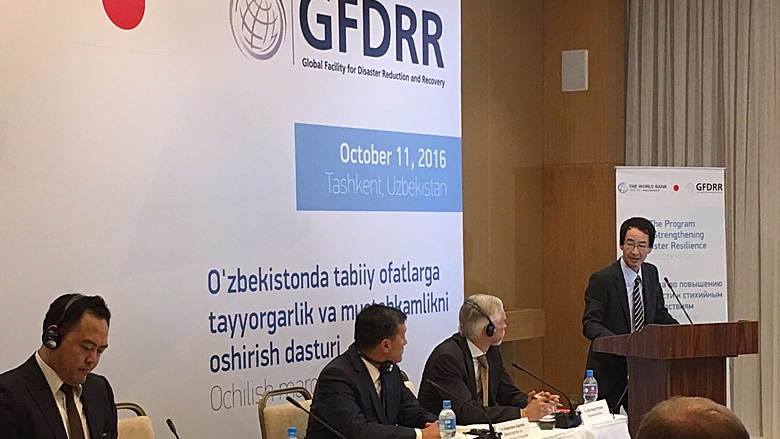Tashkent, Uzbekistan, December 14, 2016 – 50 years ago, a magnitude 5.0 earthquake devastated Tashkent, Uzbekistan’s capital and currently the most populated city in Central Asia. Today, with more than half the population and half the economy located in areas of high seismic risk, earthquakes remain a considerable threat to development gains and community’s livelihoods in Uzbekistan. Similarly, a risk assessment developed by the World Bank and GFDRR’s Innovation Lab showed that, in Uzbekistan, the annual average population affected by earthquakes is about 1 million and annual average affected gross domestic product (GDP) is $2 billion. The rapid urbanization rate, aging infrastructure and demographic growth will accentuate this trend in the absence of risk mitigation.
In recognition of its high exposure and vulnerability of its population and its economy, the Government of Uzbekistan has made significant steps by shifting from a reactive approach (focused on emergency responses) to a proactive approach that aims at reducing disaster risks. For instance, in 2006, the Government of Uzbekistan adopted the State Program on Earthquake Risk Reduction, which was aptly complemented by the 2011 Program on the Preparedness of the Population to Respond Emergency Situations Caused by Earthquakes.




